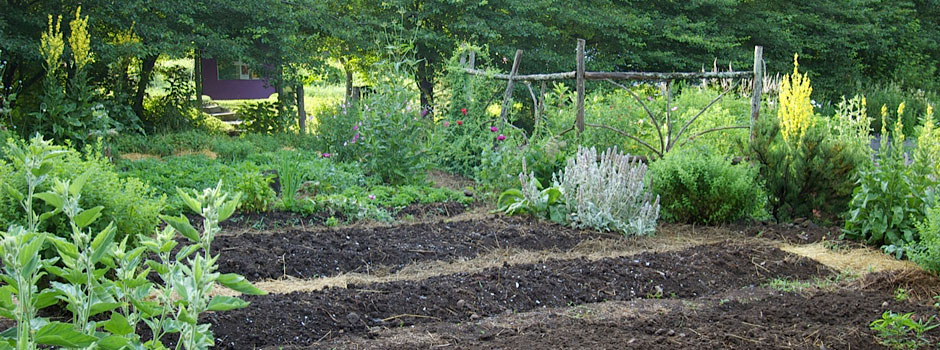“Healing people and the planet through agriculture”
For Farmers
Demeter USA to Begin Soil Carbon Testing on Biodynamic Farms
By Jim Fullmer
There is much current discussion on the topic of regenerative agriculture. The Biodynamic® method of farming is based on principles of agronomic regeneration. It is not the only approach but it is one with roots back to the origin of the movement itself and thus it plays an important role in this exciting discussion. As you know, the USA Demeter Biodynamic Farm Standard is written based on seven co-relating principles which interweave to support Rudolf Steiner's concept of a living farm organism where the focus of Biodynamic farm management is on generating farm inputs out of the living dynamics of the farm itself. This method quite literally generates natural resource through the act of farming itself rather than depending on extracting natural resource imported from off the farm. Principles include regenerative goals such as generating biological diversity on farm, generating fertility on farm, achieving farm generated biological pest control, integrating the Biodynamic preparations, conserving water and waterways and integrating livestock.
This month (October 2016) the National Oceanic and Atmospheric Administration (NOAA) reported that measured CO2 levels in the Earth's atmosphere reached the highest levels in 3 million years, exceeding 400 ppm. This is not a temporary increase, and it happened over a very short period of time (approximately 100 years) with direct relation to global industrialization and the practices that came with it. Even if we stopped all the practices that contributed to this calamity today there still will be 400 ppm in the atmosphere until something is done to aid in pulling it out. The interaction of the Earth with the Sun (via photosynthesis) is a process that can pull large amounts of CO2 from the atmosphere, transform it into matter, and when managed properly sequester the carbon back into the Earth as humus. This not only provides one solution to a huge problem it also supports a very efficient and regenerative approach to agriculture that is capable of providing healthy food for many generations to come.
Given it is now autumn in North America, and as I write this the Earth churns through her annual process of returning her summer's growth and glory back inwards, I'd like to share with you a program Demeter USA will be implementing in 2017 focused on the maintenance and growth of soil carbon and humus on Biodynamic farms.
Because a core philosophy of Biodynamic agriculture is to build the organic, living fraction of a soil (humus formation), and this is also a core foundation of biodiversity, fertility, pest control and water conservation on Biodynamic farms, it is an important result of meeting the Demeter Biodynamic Farm Standard that this organic, living fraction of the soil is maintained and intensified via farm management practices.
Heretofore the annual Demeter farm visit associated with the certification renewal cycle has involved reporting on visual observations of biological indices including a description of a soil's organic matter content and the related soil organisms and diversity observed. In 2017 we will aim as a service to farmers to also collect soil samples and have these tested for their carbon content as a percentage of organic matter.
The organic fraction carbon that Demeter aims to focus on is that connected to the agronomic recycling of carbon re-generated within the farm system itself, through management practices required in the Demeter Biodynamic Farm Standard including:
- Livestock integration
- Vegetative cover/ reduction of tillage
- Green manures/ cover crops
- Biodynamic preparations
- Crop rotation
- Composting carbon waste streams
Of course the goal is to illustrate a net gain, or at least maintenance of, this soil carbon percentage based on the Biodynamic management of our farms from one year to the next. Each farm is a unique situation with inherent soil types, climates and microclimates so there is no recipe that can be applied to all farms besides a base goal of maintaining and ideally increasing soil humus over time. In addition to providing our farmers' with a great tool to measure humus development, we suspect that aggregating this data will provide quantifiable proof of Biodynamic agriculture's ability to positively impact climate change, thereby advancing our vision of helping to heal our planet through agriculture.
We will provide more information about this exciting development in the 2017 renewal process.

